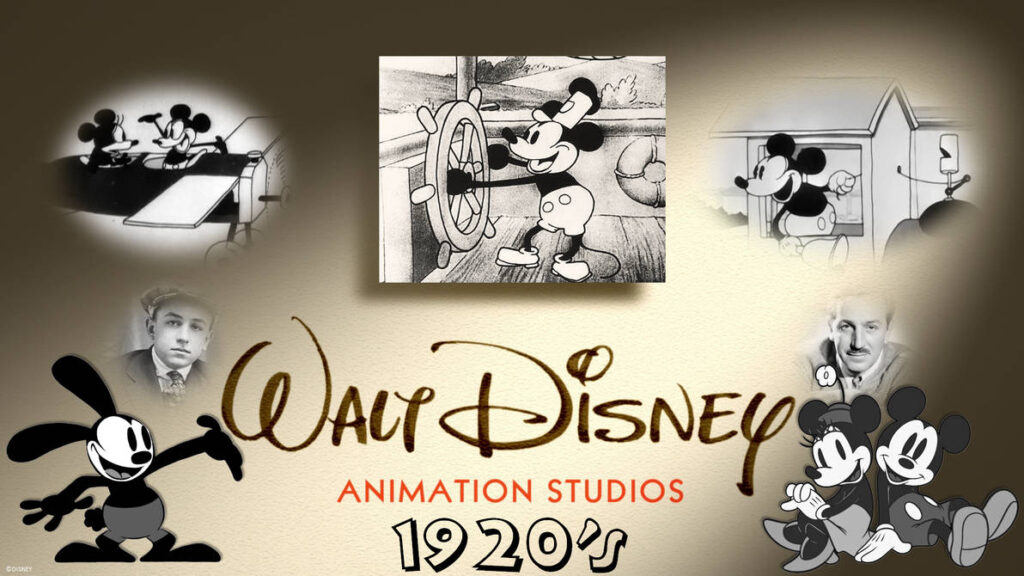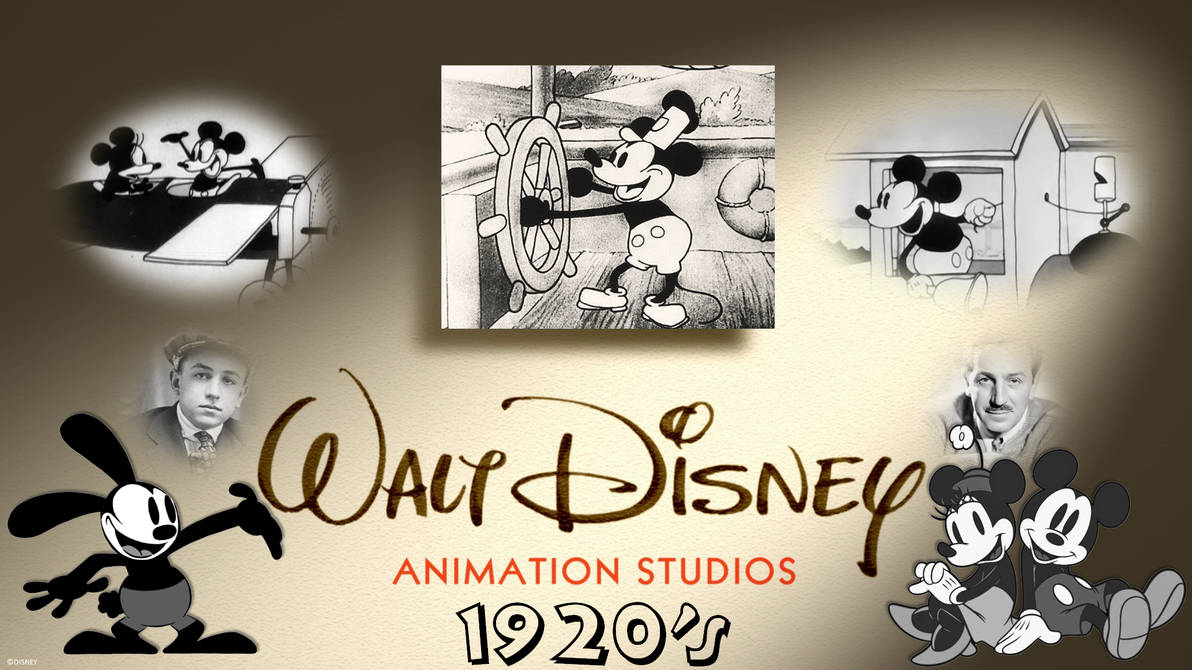
Roaring into Animation History: Exploring the Golden Age of 1920s Animation
The 1920s, often remembered for its jazz music, flapper dresses, and economic boom, also marked a pivotal era in the development of animation. This period, often referred to as the Golden Age of 1920s animation, witnessed significant technological advancements, creative experimentation, and the birth of iconic characters that continue to resonate today. This article delves into the fascinating world of 1920s animation, exploring its key figures, groundbreaking techniques, and lasting impact on the art form.
The Pioneers of Early Animation
Several visionary individuals played crucial roles in shaping the landscape of 1920s animation. Winsor McCay, though his most influential work predated the decade, continued to inspire with his innovative techniques and imaginative storytelling. His earlier creations, such as “Gertie the Dinosaur” (1914), laid the foundation for the character animation that would flourish in the 1920s.
Otto Messmer and Pat Sullivan’s creation, Felix the Cat, was undoubtedly one of the biggest stars of the 1920s animation scene. Felix, with his expressive eyes, mischievous personality, and surreal adventures, became a global phenomenon. His popularity transcended cultural boundaries, making him one of the first truly international cartoon characters.
Walt Disney, a name synonymous with animation, also began his journey during this period. In the early 1920s, Disney created the “Laugh-O-grams” series in Kansas City before moving to Hollywood and developing the “Alice Comedies,” which combined live-action footage with animated characters. These early experiments paved the way for Disney’s later successes and his revolutionary approach to animation.
Key Techniques and Innovations
The 1920s saw significant advancements in animation techniques. The rotoscoping process, pioneered by Max Fleischer, involved tracing over live-action footage to create realistic and fluid animation. This technique was used extensively in Fleischer’s “Out of the Inkwell” series, featuring Koko the Clown.
Cell animation, which involved drawing characters on transparent celluloid sheets, became increasingly popular during this era. This technique allowed animators to reuse backgrounds and simplify the animation process, making it more efficient and cost-effective. The widespread adoption of cell animation facilitated the production of longer and more complex animated films.
The use of synchronized sound in animation was another groundbreaking innovation of the late 1920s. Walt Disney’s “Steamboat Willie” (1928), featuring Mickey Mouse, is often credited as the first animated film with fully synchronized sound. This technological breakthrough revolutionized the animation industry, adding a new dimension to storytelling and character expression. [See also: History of Sound in Animation]
The Rise of Cartoon Studios
The 1920s witnessed the emergence of dedicated animation studios, which played a crucial role in the growth and development of the industry. These studios provided a collaborative environment for animators, writers, and artists to create and produce animated films on a larger scale.
Fleischer Studios, founded by Max and Dave Fleischer, was a prominent player in the 1920s animation scene. Known for their innovative techniques and surreal humor, Fleischer Studios produced popular series such as “Out of the Inkwell,” “Betty Boop,” and “Popeye the Sailor.”
Walt Disney Studios, initially known as Disney Brothers Cartoon Studio, also rose to prominence during this era. Disney’s commitment to quality animation and his innovative approach to storytelling set his studio apart from its competitors. The creation of Mickey Mouse in 1928 solidified Disney’s position as a leader in the animation industry. [See also: The Impact of Disney Animation]
Other notable studios of the 1920s included Paul Terry’s Terrytoons, which produced series such as “Farmer Al Falfa,” and Van Beuren Studios, which created characters like Felix the Cat after Sullivan’s death.
Themes and Styles in 1920s Animation
1920s animation reflected the spirit of the era, often incorporating elements of jazz music, vaudeville humor, and surreal imagery. Many cartoons featured anthropomorphic animals engaging in human-like activities, reflecting the social and cultural trends of the time.
The animation style of the 1920s was characterized by its simplicity and charm. Characters were often drawn with bold lines and expressive features, emphasizing their personalities and emotions. The animation was generally smooth and fluid, although some early cartoons exhibited a more jerky or stilted quality.
Surrealism was a recurring theme in 1920s animation, particularly in the works of Fleischer Studios. Characters often found themselves in bizarre and illogical situations, reflecting the influence of Dadaism and Surrealism on the art world. These surreal elements added a layer of depth and complexity to the cartoons, making them appealing to both children and adults.
The Decline of Silent Animation
The introduction of synchronized sound in the late 1920s marked a turning point in the history of animation. While some studios initially resisted the transition to sound, the success of “Steamboat Willie” demonstrated the potential of this new technology. Silent animation gradually faded into obscurity as audiences embraced the enhanced realism and entertainment value of sound cartoons.
The transition to sound also brought about changes in the animation style. Characters became more expressive and nuanced, and dialogue and sound effects added a new dimension to storytelling. Animators had to adapt their techniques to incorporate sound, creating a more immersive and engaging viewing experience.
The Lasting Legacy of 1920s Animation
Despite its relatively short lifespan, 1920s animation left an indelible mark on the art form. The techniques, characters, and studios that emerged during this era laid the foundation for the modern animation industry. Many of the iconic characters created in the 1920s, such as Felix the Cat and Mickey Mouse, continue to be recognized and loved by audiences around the world.
The spirit of experimentation and innovation that characterized 1920s animation continues to inspire animators today. The early pioneers of animation pushed the boundaries of what was possible, creating a legacy of creativity and imagination that has shaped the art form for generations.
Studying 1920s animation provides valuable insights into the evolution of animation techniques, storytelling, and character design. It allows us to appreciate the ingenuity and artistry of the early animators who paved the way for the modern animation industry. The 1920s animation era was truly a golden age, filled with innovation, creativity, and the birth of timeless characters. [See also: Modern Animation Techniques]
In conclusion, the exploration of 1920s animation reveals a vibrant and formative period in the history of the medium. From the pioneering work of individuals like Winsor McCay and Walt Disney to the technological advancements that shaped the industry, the 1920s laid the groundwork for the animation we know and love today. The legacy of this golden age continues to inspire and influence animators and audiences alike, solidifying its place as a crucial chapter in the story of animation.

